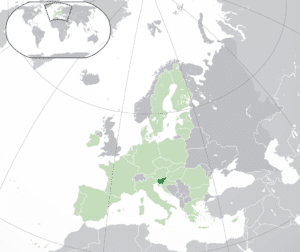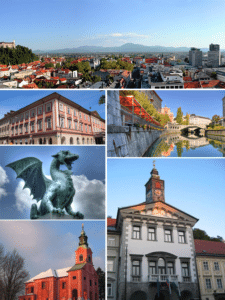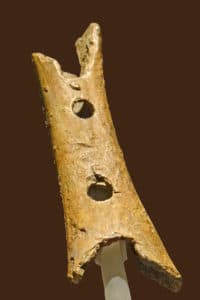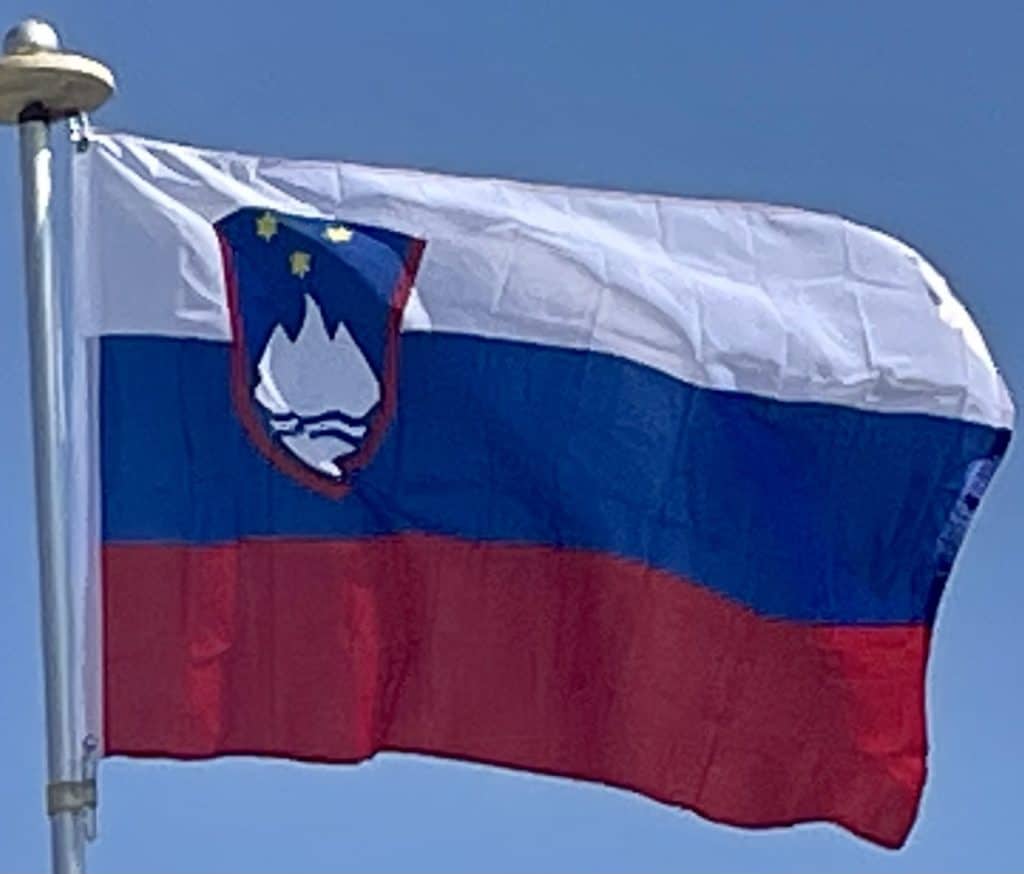Introduction:
Slovenia, officially the Republic of Slovenia, is a country in Central Europe. It is bordered by Italy to the west, Austria to the north, Hungary to the northeast, Croatia to the southeast, and the Adriatic Sea to the southwest. Slovenia is mostly mountainous and forested, covers 20,271 square kilometers (7,827 sq mi), and has a population of 2.1 million, of which 500,000 live in the capital and largest city Ljubljana. Slovenes form the vast majority of the country’s population, while Serbs are the largest minority. Slovene, the South Slavic language, is the official language. The Dinaric Alps and the Pannonian Plain meet in Slovenia.

Slovenia has historically been the crossroads of Slavic, Germanic, and Romance languages and cultures. The territory of modern-day Slovenia has been part of many different states: the Roman Empire, the Byzantine Empire, the Carolingian Empire, the Holy Roman Empire, the Kingdom of Hungary, the Republic of Venice, the Illyrian Provinces, the Austrian Empire and Austria-Hungary. In October 1918, the Slovenes co-founded the State of Slovenes, Croats and Serbs. In December 1918, they merged with the Kingdom of Serbia into the Kingdom of Yugoslavia. During World War II, Germany, Italy, and Hungary occupied and annexed Slovenia, with a tiny area transferred to Croatia, a Nazi puppet state at that time. In 1945, It became a founding member of Yugoslavia. Post-war, Yugoslavia was initially allied with the Eastern Bloc, but after the Tito-Stalin split of 1948, it never subscribed to the Warsaw Pact, and in 1961, it became one of the founders of the Non-Aligned Movement. In June 1991, Slovenia became the first republic that split from Yugoslavia and became an independent sovereign state.

Slovenia is a developed country, with an advanced high-income economy; ranking very high in the Human Development Index. It is a member of various international organizations, including the United Nations, the European Union, the Eurozone, the Schengen Area, the OSCE, the Council of Europe, and NATO.
History:
Prehistory:
Present-day Slovenia has been inhabited since prehistoric times. There is evidence of human habitation from around 250,000 years ago. A pierced cave bear bone, dating from 43100 ± 700 BP, found in 1995 in Divje Babe cave near Cerkno, is considered a kind of flute, and possibly the oldest musical instrument discovered in the world. In the 1920s and 1930s, artifacts belonging to the Cro-Magnon, such as pierced bones, bone points, and a needle were found by archaeologist Srečko Brodar in Potok Cave.

In the Iron Age, present-day Slovenia was inhabited by Illyrian and Celtic tribes until the 1st century BC.
Roman Era:
The area that is present-day Slovenia was in Roman times shared between Venetia et Histria (region X of Roman Italia in the classification of Augustus) and the provinces Pannonia and Noricum. The Romans established posts at Emona (Ljubljana), Poetovio (Ptuj), and Celeia (Celje); and constructed trade and military roads that ran across Slovene territory from Italy to Pannonia.
